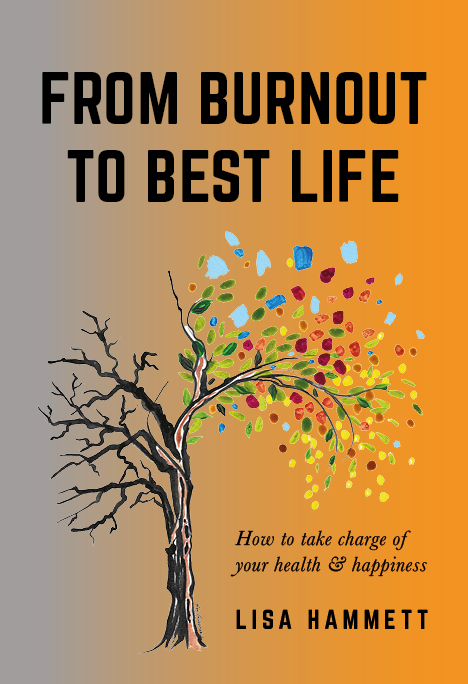Coping mechanisms are patterns of behavior that people resort to when faced with stress, anxiety, or other challenging emotions. They can range from mild, such as taking deep breaths, to extreme, such as addiction or self-harm. While these responses often provide short-term relief, they can become unhealthy, leading to long-term consequences. As a mindset coach, I have seen many people struggle with the challenge of shutting down these coping mechanisms. In this blog post, we’ll discuss the challenges and strategies for surviving without a safety net.

The first challenge of shutting down coping mechanisms is identifying them. In many cases, people are not aware that they are using unhealthy coping mechanisms. For example, someone may be addicted to social media, constantly checking their phone when feeling anxious or stressed. They may not realize the extent of their addiction until they try to stop. As a coach, it’s important to help your clients identify their coping mechanisms, even the ones that seem harmless on the surface.
Once the coping mechanisms have been identified, the next challenge is breaking the habit. Coping mechanisms are often ingrained behaviors that have been repeated over and over again, becoming automatic responses. Breaking the habit requires conscious effort and a willingness to embrace discomfort. The client needs to be prepared to feel uncomfortable when they stop using the coping mechanism. For example, they may feel restless or irritable when trying to quit smoking. It’s important to help the client recognize these feelings as a natural part of the process.
Coping mechanisms are often used to avoid unpleasant emotions. When someone stops using a coping mechanism, they may be forced to confront those emotions head-on. This can be overwhelming, especially if the person has been using the coping mechanism for a long time. It’s important to help the client build resilience and develop healthy ways to process emotions. This may involve mindfulness practices, journaling, or working with a therapist. Whatever the strategy, it’s important to help the client feel empowered to face their emotions.
One of the biggest challenges of shutting down coping mechanisms is dealing with social pressure. People often use coping mechanisms as a way to fit in or cope with social anxiety. When someone stops using their coping mechanism, they may feel alienated from their peer group. This can be a difficult challenge to overcome. It’s important to help the client build a support system of people who are willing to support their growth. Encouraging the client to find new hobbies or interests can help them meet people who share similar values and goals.
Conclusion:
Shutting down coping mechanisms can be a challenging process. It requires identifying the coping mechanisms, breaking the habit, confronting emotions, and dealing with social pressure. As a mindset coach, it’s important to help your clients through each of these challenges. By providing support, encouragement, and strategies for building resilience, you can help your clients thrive without relying on unhealthy coping mechanisms. With time and effort, they can build a new safety net of healthy behaviors that promote growth and well-being.







